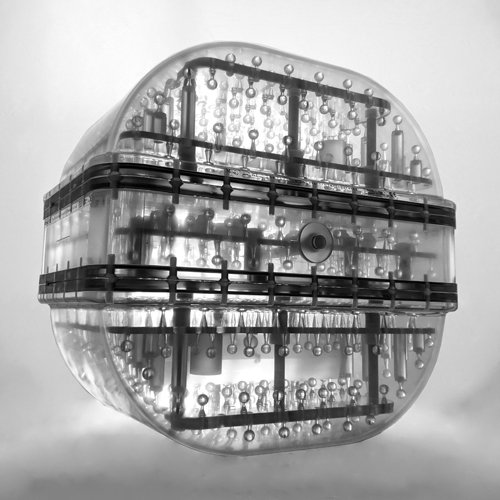Magphan RT Phantoms – QA for Surgery and RT
An integrated MR QA system for MR guided surgery and radiotherapy MRI manufacturers have made great strides in reducing MR system distortion. Maintaining acceptable levels of distortion relies on properly controlling a long chain of conditions. It is critical to have a robust system of quality control for key imaging performance characteristics in order to detect significant deviations before they affect clinical operations.
| Brand | |
|---|---|
| Model | Magphan RT Phantoms |
An integrated MR QA system for MR guided surgery and radiotherapy MRI manufacturers have made great strides in reducing MR system distortion. Maintaining acceptable levels of distortion relies on properly controlling a long chain of conditions. It is critical to have a robust system of quality control for key imaging performance characteristics in order to detect significant deviations before they affect clinical operations.
The system measures the following imaging parameters: Geometric Distortion The locations of several hundred 1cm sphere fiducials are measured across the volume of the phantom. The measured locations are compared to known locations to generate a 3D distortion map. The phantom modules are designed to fit together precisely and the analysis accounts for any residual positional offsets between components. Beyond the distortion map the system tracks several key indicators such as maximum and mean high 10% distortion along the cardinal axes. Analysis of optimized gradient rescaling factors for different objectives is included Uniformity Uniformity can be a useful indicator for common failure mechanisms in subsystems like the RF coil element. The uniformity is measured at several hundred uniform spherical sub volumes throughout the phantom. The mean signal, normalized standard deviation and spread are calculated. Slice Thickness We provide slice thickness ramps to provide objective slice thickness measurements on all three orthogonal axes. The automated routine provides higher quality slice thickness measurements versus manual measurements on actual clinical sequences. Resolution The Magphan RT system measures the point spread function (PSF) and the modulation transfer function from circular features in the phantom all three measurement planes. Signal-to-Noise Ratio Signal-to-noise ratio is measured at several places throughout the phantom. Longitudinal tracking of SNR can give early warning of component degradation or failure. Laser Alignment The phantom contains markers for alignment with positioning lasers. The analysis provides data on translation and rotation of the phantom in all three cardinal axes.
Features
The system measures the following imaging parameters: Geometric Distortion The locations of several hundred 1cm sphere fiducials are measured across the volume of the phantom. The measured locations are compared to known locations to generate a 3D distortion map. The phantom modules are designed to fit together precisely and the analysis accounts for any residual positional offsets between components. Beyond the distortion map the system tracks several key indicators such as maximum and mean high 10% distortion along the cardinal axes. Analysis of optimized gradient rescaling factors for different objectives is included Uniformity Uniformity can be a useful indicator for common failure mechanisms in subsystems like the RF coil element. The uniformity is measured at several hundred uniform spherical sub volumes throughout the phantom. The mean signal, normalized standard deviation and spread are calculated. Slice Thickness We provide slice thickness ramps to provide objective slice thickness measurements on all three orthogonal axes. The automated routine provides higher quality slice thickness measurements versus manual measurements on actual clinical sequences. Resolution The Magphan RT system measures the point spread function (PSF) and the modulation transfer function from circular features in the phantom all three measurement planes. Signal-to-Noise Ratio Signal-to-noise ratio is measured at several places throughout the phantom. Longitudinal tracking of SNR can give early warning of component degradation or failure. Laser Alignment The phantom contains markers for alignment with positioning lasers. The analysis provides data on translation and rotation of the phantom in all three cardinal axes.







